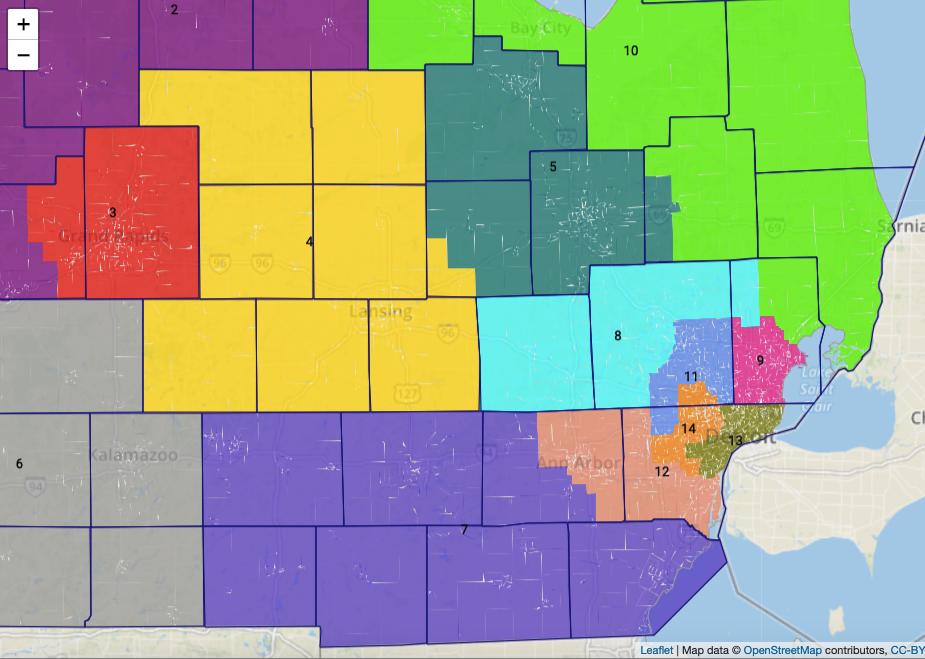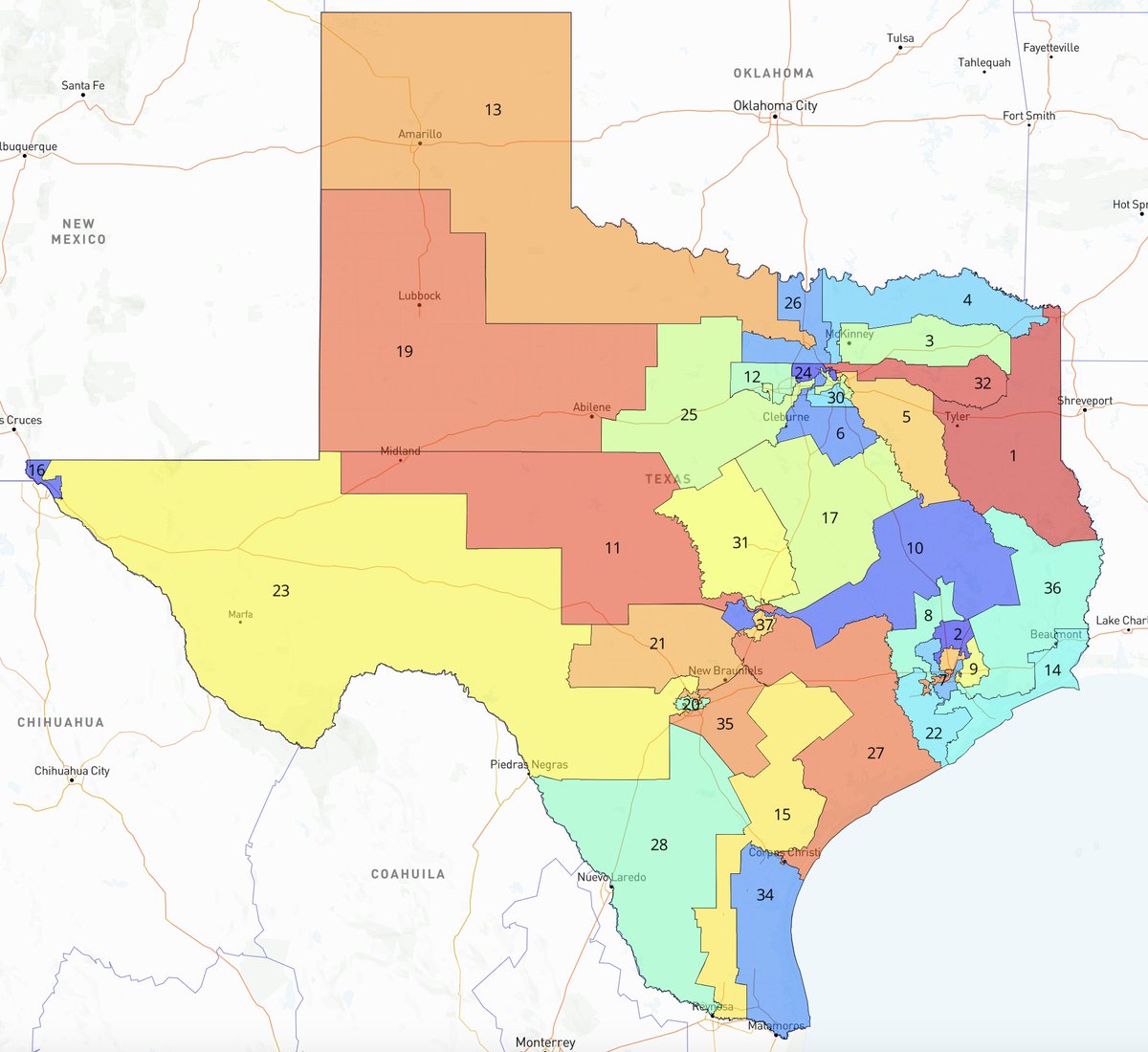Here's a quick illustration of why striking down MI's GOP gerrymander might not necessarily boost House Dems. Take this pretty compact map for example 1/ 

The problem for Dems is: once you draw two AA-majority Detroit districts, there are four suburban Dem incumbents vying for the limited blue turf in the suburbs: #MI08 Slotkin, #MI09 Levin, #MI11 Stevens, #MI12 Dingell. 2/
In this hypothetical remedial map, Stevens gets a safe Dem #MI11 in Oakland County and #MI12 Dingell keeps a safe Dem #MI12 in Ann Arbor/suburban Wayne Co. 3/
In this scenario, Slotkin's home in Holly (northern Oakland) would get drawn into a new safely R #MI11. She'd likely move west to run in a more Lansing-centric district that's slightly more Democratic than her current one. Arguably positive for her. 4/
BUT, Levin would face a choice between running vs. Stevens in a safely Dem #MI11 or running in a very competitive Macomb-centric #MI09. He'd likely run in #MI09, but given Macomb's trendline Rs could be competitive there. 5/
Long story short, this kind of "un-gerrymandered" remedial map could ease reelection paths for some Dems, but make life more difficult for others. And it wouldn't necessarily create new pickup opportunities for Dems. 6/
Even if everything went right for Dems in 2020 under this kind of map, they'd probably just retain the 7-7 split they earned under the R gerrymander in 2018. That in itself would qualify as a win, but not a total game-changer. /end
Sorry, new safely R #MI08
The legislative maps, on the other hand, are another story.
• • •
Missing some Tweet in this thread? You can try to
force a refresh





